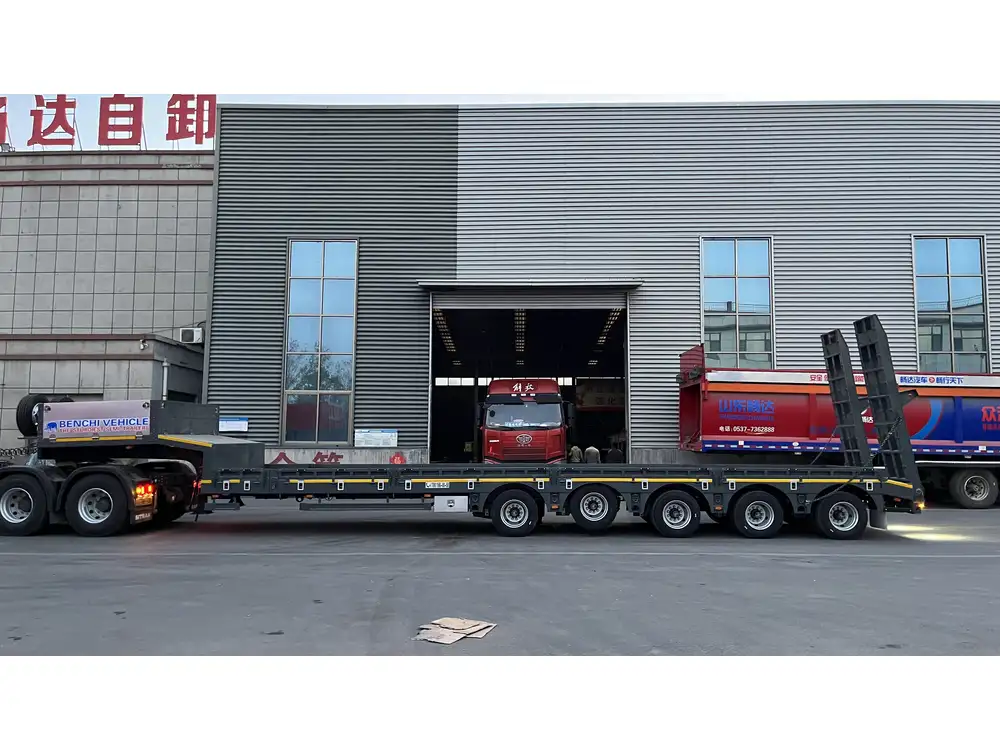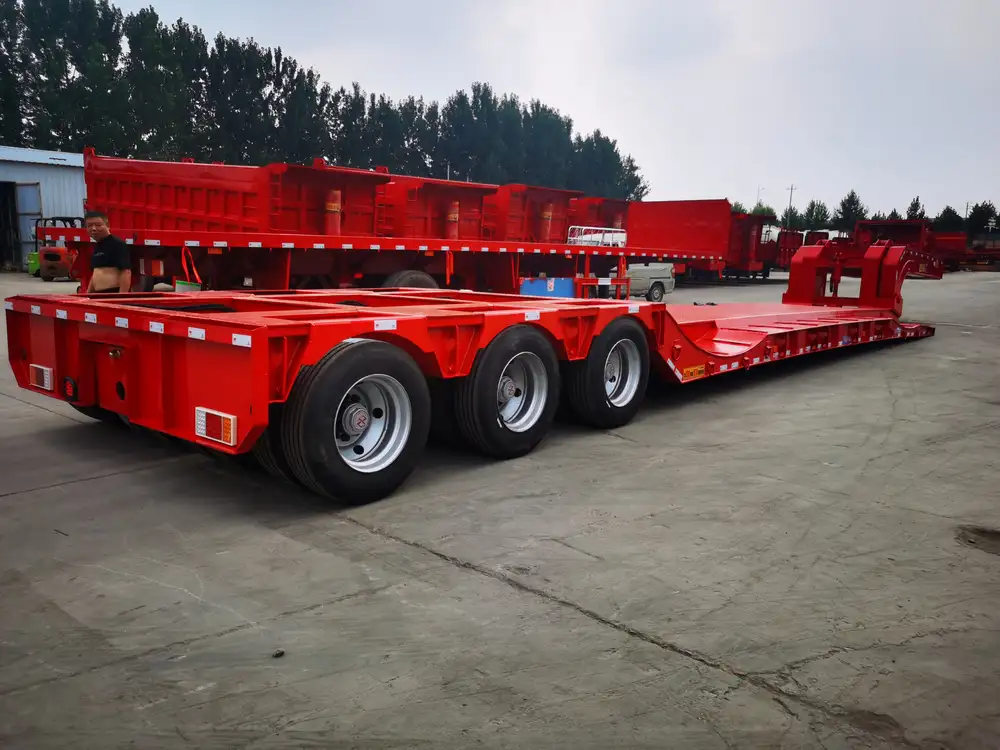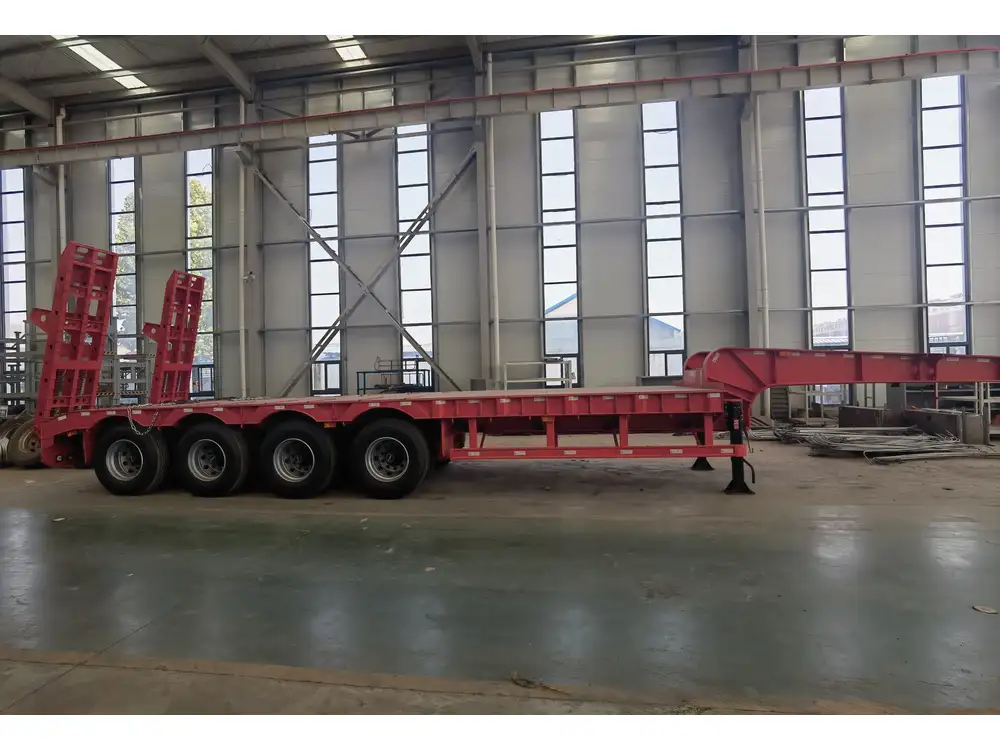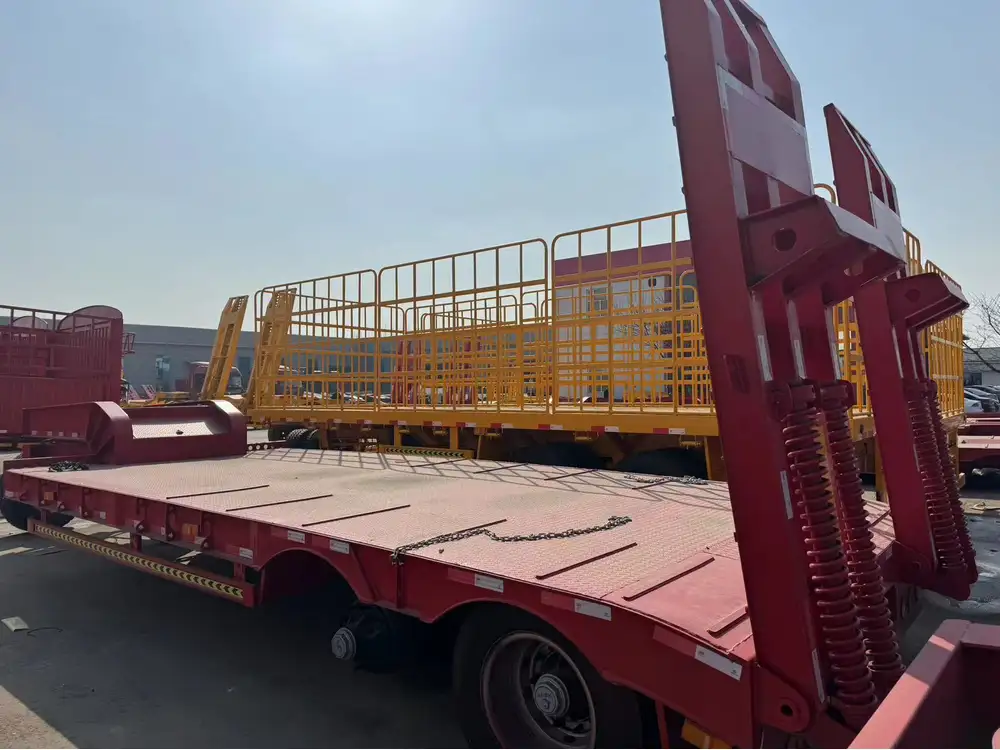Filling a propane tank on your travel trailer can seem daunting, especially for first-time travelers. Understanding the what, how, and when surrounding propane usage is essential for safe and efficient travel. Below, we provide an exhaustive guide on how to properly fill a propane tank to help ensure your next adventure is smooth and worry-free.
Understanding Propane and Its Uses
What is Propane?
Propane is a versatile and clean-burning fuel, derived from crude oil and natural gas. It plays a crucial role in powering various appliances in travel trailers, such as:
- Stoves and ovens
- Refrigerators
- Water heaters
- Space heaters

Why Use Propane in Travel Trailers?
- Efficiency: Propane burns efficiently, making it a great choice for heating and cooking.
- Cost-Effective: It’s often less expensive than other fuel sources, like electricity or gasoline.
- Convenience: Propane tanks are easily refillable and portable.
Preparing to Fill Your Propane Tank
Inspecting the Tank
Before proceeding to fill your propane tank, it’s vital to check for any signs of wear or damage. An inspection checklist includes:
- Corrosion: Look for rust or deterioration on the tank’s surface.
- Leaking: Apply a soap-and-water solution to the tank’s fittings. If bubbles form, there’s a leak that needs immediate attention.
- Valves and Gauges: Ensure that the valve turns smoothly and the pressure gauge is functional.

Tools You May Need
- Propane refill nozzle
- Protective gloves
- Safety goggles
- Wrench (for any adjustments needed)
Finding a Propane Filling Station
Locate a Propane Refill Station Near You
Finding the nearest propane refill station can easily be done through:
- Mobile Apps: Use apps like GasBuddy or Propane Finder.
- Online Maps: Google Maps can provide location-based results quickly.
- Local Listings: Many general stores or gas stations often offer propane services.

Step-by-Step Guide to Filling Your Propane Tank
Follow the steps below for a safe and effective filling process.
Step 1: Transport Your Propane Tank
Ensure that your propane tank is securely fastened in your trailer and safely transport it to the filling station. It’s best if you can keep it upright during transport to avoid spillage.
Step 2: Safety First
At the filling station, park your vehicle securely. Here are several safety precautions to keep in mind:
- No smoking: Ensure no one is smoking in or near the area.
- Ventilation: Ensure the area is well-ventilated. Avoid being in enclosed spaces while filling.
- Wear Safety Gear: Use gloves and goggles to protect yourself from any potential leaks.

Step 3: Prepare the Tank for Filling
- Shut Off the Valve: Turn the valve on the propane tank to the closed position.
- Check the Purging Valve: Open it briefly to release any pressure that might be trapped inside.
- Connect the Filling Nozzle: Firmly connect the filling nozzle to the propane tank valve. Ensure it’s secure to prevent leaks.
Step 4: Filling the Tank
- Start the Filling Process: Open the filling nozzle slowly to begin the filling process. This prevents shock filling.
- Monitor the Fill Level:
- 80% Rule: It’s advisable not to fill your tank beyond 80% capacity to allow for expansion of the propane as temperatures rise.
- Check Gauge: Monitor the tank’s gauge as it fills.
Step 5: Complete the Filling Process
- Close the Filling Nozzle: Once the desired level is reached, securely close the nozzle.
- Remove the Nozzle: Carefully detach the nozzle from the tank.
- Check for Leaks: Reapply the soapy water solution to the connection point to ensure no leaks are present.

Step 6: Transport Back Safely
- Secure the propane tank again for traveling. Follow local regulations for tank transportation.
Post-Filling Maintenance Tips
How to Store Your Propane Tank
- Store Upright: Always keep your propane tank upright when not in use.
- Cool, Dry Place: Store it in a shaded, well-ventilated area. Avoid heat sources.
- Safety Precautions: Ensure the valve is turned to the closed position.

Regular Inspections
- Check for Damage: Regularly inspect the propane tank for rust, dents, or damaged valves.
- Weigh the Tank: If you suspect the tank is empty, weigh it; a full 20-pound tank weighs about 37 pounds.
- Replace When Necessary: Any old or damaged tanks should be replaced to ensure safety.
Frequently Asked Questions (FAQs)
Here are some common queries regarding propane tank fillings:
1. How often should I fill my propane tank?
The frequency of filling depends on usage. Generally, if you use propane for cooking, heating, and appliances, consider refilling every 4-6 weeks during active seasons.

2. Can I fill my own propane tank?
Filling your own tank is not recommended unless you’re trained and certified in handling propane gas.
3. What should I do if I have a propane leak?
If you suspect a propane leak, immediately shut off the source, evacuate the area, and contact emergency services. Never attempt to fix the issue yourself.
4. How do I know when my propane tank is empty?
Most propane tanks come with built-in gauges. If the gauge shows below 20%, it’s time to refill. Additionally, an easy DIY method is to pour warm water on the tank; the cold part indicates the propane level.

5. Can I fill a propane tank in the rain?
It’s advisable to fill propane tanks in dry weather. Rain can cause slips and restrict visibility, potentially leading to accidents.
Conclusion
Understanding how to fill a propane tank on your travel trailer is key to enjoying a seamless and safe travel experience. By following this comprehensive guide, you can ensure efficient propane use and effective maintenance of your tanks—from inspection and filling to post-filling precautions. Always prioritize safety and remain educated about your propane usage. With these practices in hand, you are now better prepared to embark on your adventures with confidence. Happy travels!



